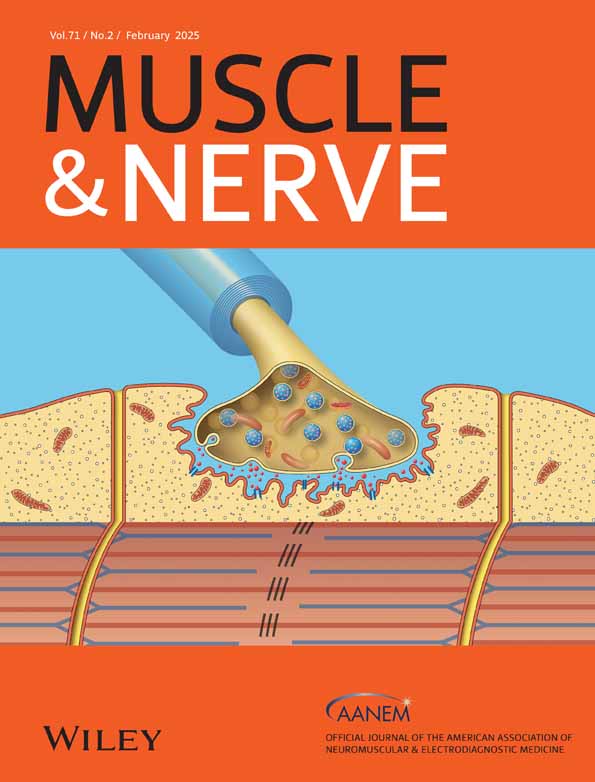Improving Perception Threshold Tracking for Rapid Evaluation of Diabetic Peripheral Neuropathy
Funding: Center for Neuroplasticity and Pain (CNAP) is supported by the Danish National Research Foundation (DNRF121).
ABSTRACT
Introduction/Aims
Accurate assessment of diabetic peripheral neuropathy (DPN) is essential to prevent further complications, yet current methods have limitations. Perception threshold tracking (PTT) offers promise as a novel approach for rapid evaluation of both large and small fiber dysfunction. To enhance efficiency, this study explores the Psi method compared to the Method of Limits (MoL) in estimating perception thresholds. The aim is to assess agreement, uncertainty, and the number of stimuli required for adequate estimation by each method.
Methods
Forty-three participants with diabetes underwent an estimated sural nerve conduction study, quantitative sensory testing, vibration perception threshold testing, and PTT. PTT utilized both patch and pin electrode configurations to activate large and small fibers, respectively. The uncertainty of perception thresholds was estimated as the inverse slope of the psychometric functions.
Results
Perception thresholds were significantly higher for the patch electrode (2.5 [2.1–3.0] mA) compared to the pin electrode (0.71 [0.56–0.91] mA; rmANOVA, p < 0.001). Bland–Altman analysis revealed a non-significant 3.3% bias between the methods, but wide limits of agreement (−42%–84%). Uncertainty was lower for the Psi method (0.80 [0.58;1.11] mA) compared to MoL (2.0 [1.2;2.9] mA; rmANOVA, p < 0.005). The Psi method achieved acceptable perception threshold estimation with only 30 stimuli.
Discussion
At the group level, the MoL and Psi methods produced similar perception thresholds. However, the Psi method required fewer stimuli and yielded less uncertainty in perception threshold estimation compared to MoL. Future studies should prioritize the Psi method for its efficiency and reliability.
Conflicts of Interest
The authors declare no conflicts of interest.
Open Research
Data Availability Statement
The data that support the findings of this study are available on request from the corresponding author. The data are not publicly available due to privacy or ethical restrictions.




